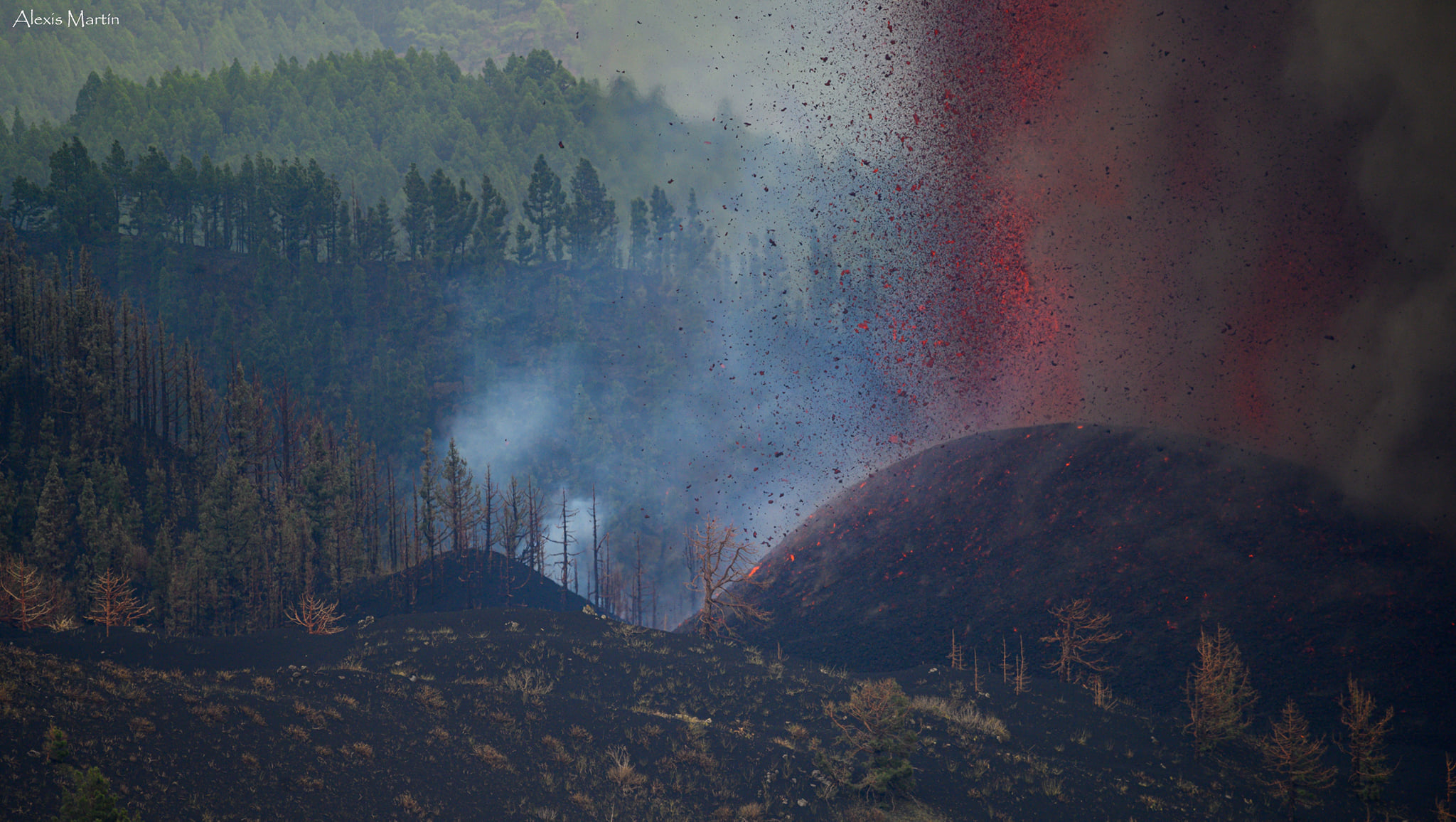September 28, 2021. EN. Spain / La Palma : Cumbre Vieja , Peru : Sabancaya , Alaska : Pavlof , New Zealand : Ruapehu , Chile / Argentina : Nevados de Chillan .
September 28 , 2021. Spain / La Palma , Cumbre Vieja : September 27, 2021, 11:00 UTC. Eruptive activity continues on La Palma. Since the last press release…

